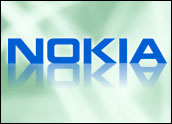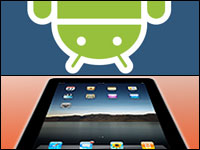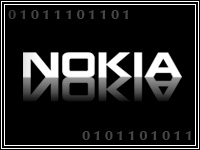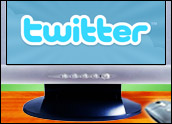
Palm had its hands full over the weekend. The company’s Sunday launch of its new US$99 Pixi smartphone had to compete with fresh rumors begun Friday that the company was a possible target of a takeover by Finnish telecommunications giant Nokia.
Those rumors sent Palm stock soaring by 8 percent on Friday, although Monday’s trading was back within normal ranges. The share price boost started with reports on various Web sites that Nokia was considering a buyout in order to jump-start its presence in the U.S. market and acquire Palm’s ready-for-smartphone operating system.
The speculation threatens to complicate the company’s effort to reintroduce itself to consumers as a smartphone maker worthy of placement next to the likes of Apple and Research In Motion. That effort began last January when it first showed off the Palm Pre, loaded with its well-received webOS. The Pre went on sale last summer.
However, the positive buzz from that product launch — the first good publicity for the company in a while — was soon overshadowed by continued hot sales of the iPhone and the rise of Google’s Android operating system.
Now Palm must deal with analyst musings about whether a Nokia takeover would make sense for either company, and whether Palm would actually want to be acquired by a longtime telecom behemoth facing its own struggle to stay relevant in a touchscreen world.
What’s In It for Nokia?
Why would Nokia want to buy Palm and its webOS when it just spent $500 million to buy up the rest of the Symbian OS? “This would stab that whole strategy in the back and would make Symbian an orphan technology” Roger Entner, head of telecom research for Nielsen IAG, told the E-Commerce Times. “They have a hard enough time to get their handset manufacturers to use Symbian.”
Nokia has indeed made Symbian a separate foundation with the purpose of making it an open source platform to encourage more development. “That’s a big investment for an operating system that is kind of losing support,” said 451 Group research director Chris Hazelton. “I agree the weakness in Nokia is Symbian. The software is kluge, there are a lot of dead ends, it’s not as slick as other operating systems out there. It was engineered so long ago that touch wasn’t a key in navigating around the OS. [Nokia] tried to force touch upon Symbian to get around that.”
Nokia might consider a Palm acquisition because it is giving Linux a long look, and the Palm webOS is based on the open source software, Hazelton told the E-Commerce Times.
What’s in a Brand?
Nokia may indeed be a potent phone brand in the rest of the world, but the U.S. market remains relatively untapped to the company as far as its smartphones go, and a Palm purchase may not give the firm a proper introduction to American consumers. “Palm will not give that to them,” Entner said. “With all due respect to Palm and the webOS, the answer to Nokia’s chances in the U.S. is not Palm. Having the fourth significant OS platform does not play to Nokia’s aspirations. Nokia doesn’t want to start at number four. Do they need a new generation of smartphone OS? Yes, undoubtedly, but it needs to be a generation ahead, and that’s not what we have right now with webOS.”
Nokia tends to view its own brand as being on the same level with legendary marketing initiatives like Coca-Cola, Hazelton said. “Nokia has so much invested in its brand, so why would they want to buy Palm? I don’t think the brand name of Palm would have any value to them. The hardware won’t be of any value. If Palm were to be bought by someone, it would be someone who wants to enter the mobile market, not somebody already doing pretty well in the mobile market.”
That acquisition would also prove to be rather expensive, considering the new investments put into Palm by equity firm Elevation Partners for its new strategy and products, Hazelton added.






















































Social Media
See all Social Media